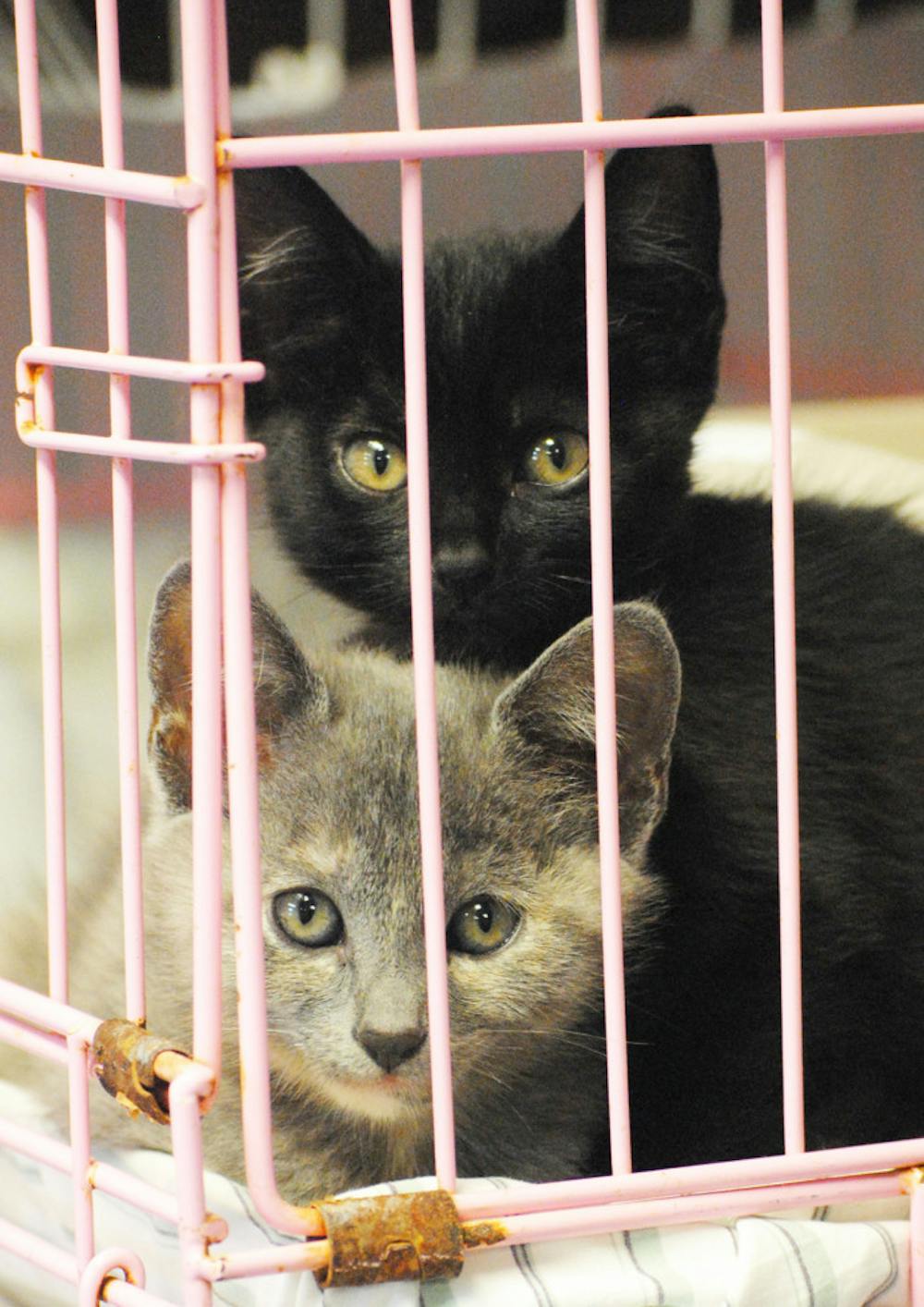Alachua County ranked among the highest for reported cases of rabies in animals this year, according to recently released data from the Florida Department of Health.
Those numbers don’t necessarily reflect negatively on the county’s dogs and cats, said Vernon Sawyer, director of Alachua County Animal Services.
“Primarily in Alachua County, bats and raccoons are the source of rabies,” he said.
According to data, 45 out of 68 cases were related to raccoons infected with rabies.
Alachua County had reported four cases within the year: two cases with raccoons and two cases with bats.
Sawyer said the numbers are due to the county having a large rural area that is often being disrupted by construction.
He said because of the human invasion, animals are looking for different sources of food and coming into contact with humans more frequently.
Jennifer Gray, a 22-year-old UF first-year veterinary medicine student, said she agreed.
“Anything to disrupt the environment will cause animals to come out of their habitats,” she said. “I just saw a raccoon on campus the other night.”
Gray said education is essential in keeping people safe. She said many people do not realize when they see unfamiliar animals out in daylight that they can still be harmful and can possibly be carrying rabies.
Samantha Wisely, a UF wildlife ecology and conservation associate professor, said rabies is a disease that generally requires a large number of hosts to become a high risk to humans.
“Wherever there are high population densities of raccoons, since it’s the leading carrier of rabies, is where rabies will be prominent,” Wisely said.
Wisely and Sawyer both said the data varies from year to year.
Wisely explained that because the disease is fatal, the areas dense with the disease fluctuates as infected animals die, and the cycle repeats.
“This is exactly why it’s so important to have animals vaccinated,” Sawyer said.
Ashley Coxen, a 21-year-old UF animal sciences senior, said pet shelters and adoptions usually have a fee associated with adopting an animal because it may already come with all shots that are necessary for the animal’s health, which includes a rabies shot.
“We’re in a college town,” Coxen said, “and I would bet most college kids don’t spend the money on their animals’ shots because they don’t think they need them, which is not true.”
A version of this story ran on page 3 on 9/11/2013 under the headline "Alachua County has high number of rabies cases — mostly bats and raccoons"
Two kittens sit in a cage at the Alachua County Humane Society on September 10, 2013.






